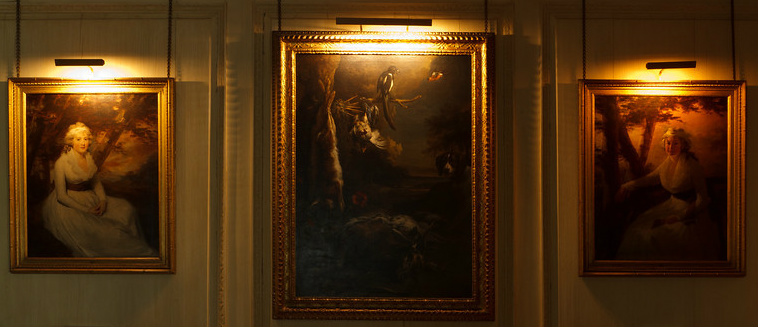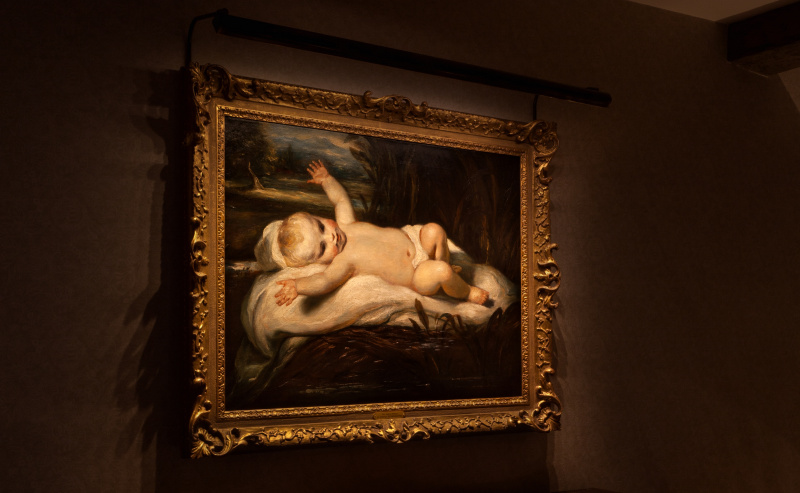Picture lights – innovation in lighting artwork
If you’ve got some beautiful pictures you’ll know how tricky it can be to be light them. But what are your options? Traditional picture lighting has been around a long time and does an acceptable job for many people, but is there a better way of doing it? There are a few alternatives, including framing projectors and UV-free downlights, but in this post we’re focusing on traditional picture lights and how Brilliant Lighting is improving them by using developments in lighting technology. The impetus has come from being commissioned to light a beautiful art collection in a Yorkshire country house, but the innovations will have much wider benefits.
Traditional picture lights have serious limitations
It’s probably best to start with looking at the limitations of traditional picture lights. They can be quite bulky, but annoyingly usually not optimised for the canvas size. They’ve historically used halogen lamps which can present serious issues with Ultraviolet (UV) light and heat and they don’t do a great job of lighting pictures. The typical pattern of light seen with a traditional picture light is a bright spot at the top of the canvas with the rest of picture inadequately lit.

Modern LED picture lights have tried to address some of these issues. They are often more streamlined and come in a variety of finishes. Slimming down the fixture alone though doesn’t fundamentally fix the issues and LED lighting can bring its own problems. The quality of the LED inside the fixture is critical; poor quality LEDs deliver very poor colour rendering (either very blue or dingy yellow) and often they simply lack the “oomph” to light pictures of any scale.
Brilliant Lighting has designed a better picture light
Brilliant Lighting has gone back to basics to improve lighting artwork. Our work with our clients’ art collection has led us, in conjunction with a top quality supplier, to develop two new picture lights. One is for ‘normal sized’ paintings, the other for the seriously large canvases.
We started with the light source. Brilliant’s picture lights use very high quality LEDs. This means no UV emission, and by using very high quality and tightly colour binned chips with specialist filters we are able to achieve both very good colour of light and excellent colour rendering. The LEDs are powerful enough to light down most ‘normal sized’ paintings, and they can be made to length to suit the size of the canvas. They are slimline and come in a variety of finishes. The end result is discrete and beautifully lit pictures.

The problem that traditional picture lights have of getting light all the way down a canvas is more obvious on larger paintings. Brilliant addresses this with a beautifully simple solution: a carefully planned combination of LEDs with different beam widths housed in a brass ‘traditional looking’ fitting. The combination of beam widths distributes a more consistent wash of light, with some of the LEDs lighting the upper half of the picture, some the bottom. The end result is that the whole picture comes alive: when we first tried it out on some historic 3m high paintings the client saw details that had never been revealed before!
The innovative picture light also addresses the issue of colour and colour rendering. There can be substantial differences between say a modern picture in blue and white and an 18th Century canvas heavy in brown and gold tones. We use different filters altering the colour of light from the fitting to optimise the colours and tones of each canvas.

Control is the final piece in the equation. Using a sophisticated control protocol we can individually fine tune the light output from each fitting to suit the size and characteristics of each picture, so that when several are hanging together we can make them visually balanced.


